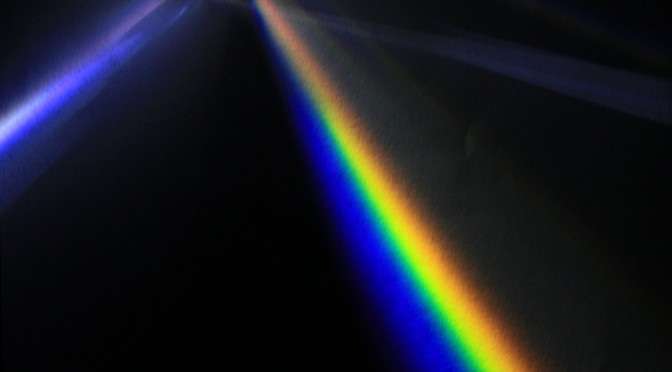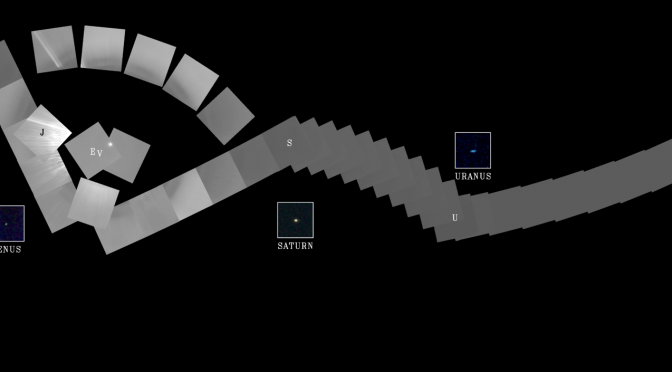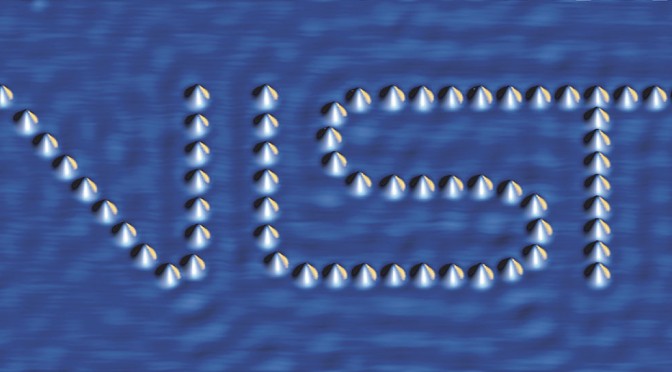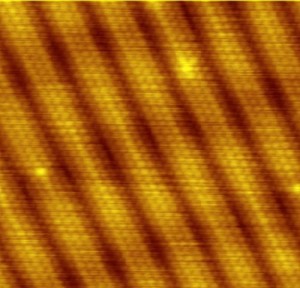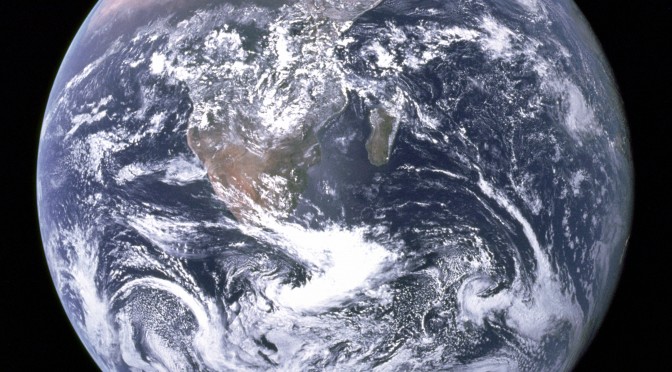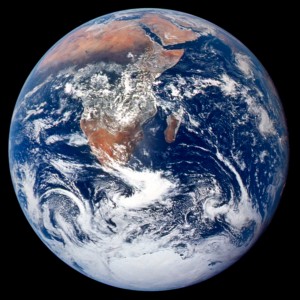We seem to know a lot about waves nowadays. The language of waves suffuses our vernacular: “We’re on the same wavelength,” “That speech resonates with me,” “I get weird vibes from him,” all use wave terminology. We’re intimately familiar with water waves: we see them in the shower or the sink pretty much every day. We have a pretty good grasp on sound waves: we can feel bass vibrations pretty easily and if we play music, we know that we can see vibrating waves in the motions of strings and cymbals, or we can feel vibrations of a saxophone reed or a trumpet mouthpiece. We tend to accept the existence of things like microwaves and radio waves, which are really just light waves that are outside our range of light perception, much as x-rays and UV light are. And everyone can recite from their science classes that light is an electromagnetic wave. But what does that mean? And how do we know it?
